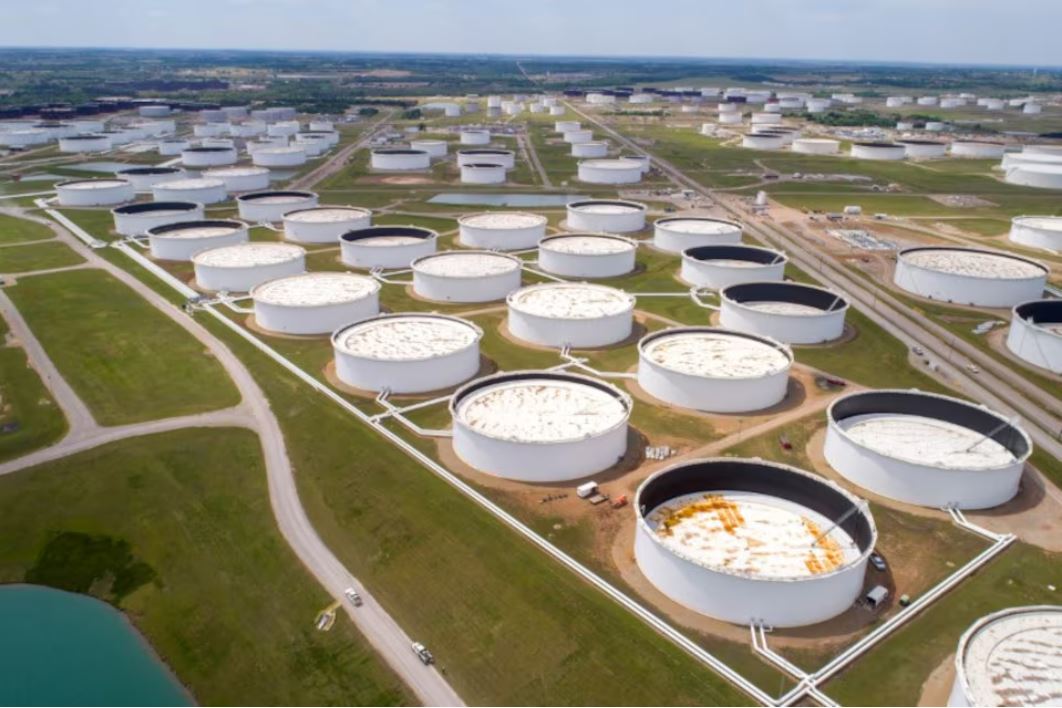Global oil markets demonstrated cautious optimism on Friday as prices moved marginally higher, reflecting ongoing geopolitical tensions in the Middle East and anticipated diplomatic initiatives, while investors closely monitored developments that could impact the world’s premier oil-producing region.
Benchmark crude prices showed modest gains in early trading, with Brent crude futures advancing 18 cents (0.2%) to reach USD 74.56 per barrel, while U.S. West Texas Intermediate (WTI) crude rose 15 cents (0.2%) to USD 70.34 per barrel by 0342 GMT. These movements position both benchmarks for a weekly gain exceeding 1%, despite Thursday’s session ending with both indicators down 58 cents.
Market analysts, including IG’s Tony Sycamore, suggest that current price levels around USD 70 for WTI crude accurately reflect market fundamentals as traders await fresh catalysts. Key factors under scrutiny include the outcome of China’s National People’s Congress Standing Committee meeting and Israel’s anticipated response to Iran’s October 1 missile attack.
The geopolitical landscape remains a critical price driver, with markets particularly focused on potential Israeli retaliation against Iran. While reports indicate Israel may target military installations rather than nuclear or oil facilities, traders remain watchful for any actions that could disrupt regional oil supplies. This careful monitoring comes as U.S. and Israeli officials prepare to resume Gaza ceasefire negotiations in the coming days, following previous unsuccessful attempts at reaching an agreement.
Diplomatic efforts have intensified, with U.S. Secretary of State Antony Blinken expressing opposition to prolonged Israeli military engagement in Lebanon. France has also joined diplomatic initiatives, calling for an immediate ceasefire and increased focus on diplomatic solutions. Market analyst Sycamore notes that while ceasefire talks typically have a slight negative impact on oil prices, current market attention remains primarily focused on the Lebanon conflict and potential Israeli responses to Iran.
Beyond Middle Eastern tensions, market participants are closely watching Chinese economic policy developments. However, Goldman Sachs maintained its existing price forecasts for oil, natural gas, and coal, suggesting that potential Chinese stimulus measures would likely have only modest effects on energy prices compared to more significant factors such as Middle Eastern oil supply dynamics and winter weather patterns for natural gas markets.
The investment bank projects Brent crude to trade within a USD 70-USD 85 range, reflecting a balanced view of market fundamentals and geopolitical risks. This forecast takes into account both supply-side concerns stemming from Middle Eastern tensions and demand-side factors, including China’s economic trajectory as the world’s second-largest oil consumer.
The current market dynamics reflect a delicate balance between immediate geopolitical concerns and longer-term market fundamentals. While Middle East tensions continue to provide price support, the impact is being moderated by broader economic considerations and diplomatic efforts to prevent further escalation of regional conflicts.



